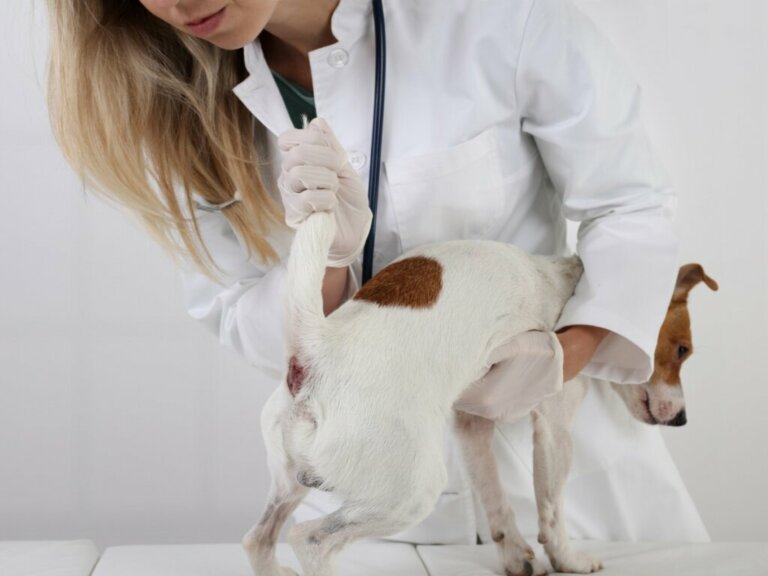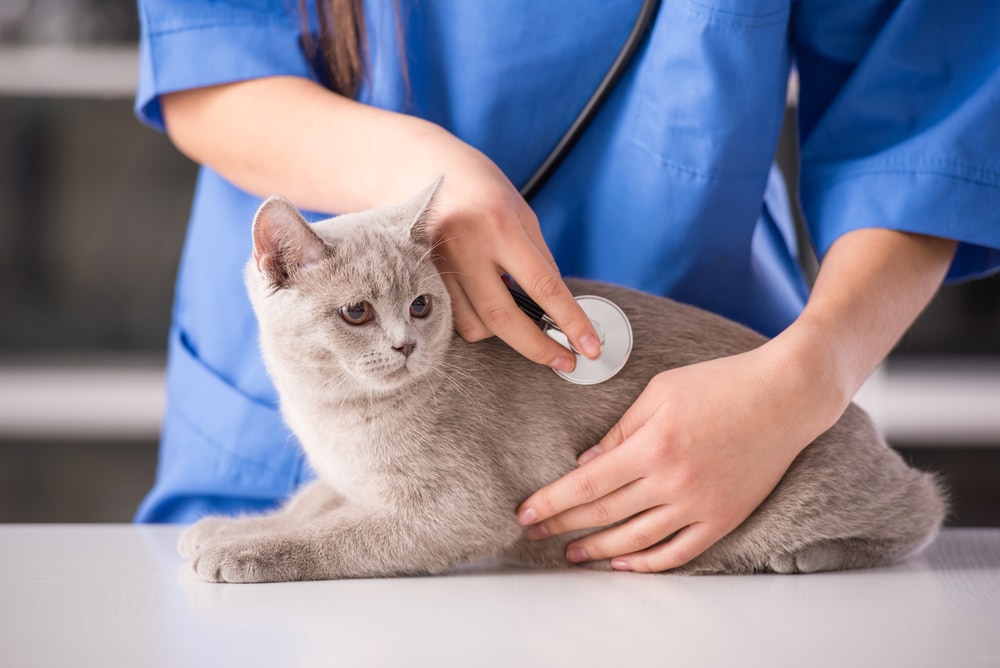
Figure 1 from Radiological diagnosis of rectocutaneous fistulas in a cat a case report
Perianal fistulas are tunnel-like formations in the skin and deeper tissues that surround the anal area of dogs. The lesions vary in severity but at first appear as small oozing holes in the skin. These holes may become wide and deep and surround the entire circumference of the anus.

(PDF) Oronasal fistula occlusion in cat using acrylic resin
A rectal or anorectal stricture is a narrowing of the rectum or anus caused by scar tissue. Injuries that lead to strictures may result from foreign objects or trauma (such as bite wounds or accidents), or they may be a complication of inflammation.

Perianal Fistula in Cats Causes, Symptoms and Treatment
A perianal fistula in cats is a medical condition characterized by the formation of abnormal tunnels or tracts around the perianal region, which includes the area surrounding the anus. These fistulas can be quite painful and are often associated with other underlying health issues.

Oronasal Fistula in Cats CatWorld
While perianal fistulae have a typical history and appearance, it is important to get the right diagnosis. Some conditions that might look similar include: Squamous cell carcinoma of the anus (cancer) Hyperplastic anus (common in older unneutered male dogs) Perianal adenoma (benign tumor also common in older unneutered male dogs) Anal sac rupture

Cat Anal Gland Issues Signs & Symptoms Glandex
A separation, rent, or tear in the rectal or anal mucosa is seen as a result of a laceration inflicted within the lumen. Foreign bodies (eg, sharp bones, needles, and other rough material) have been implicated. Bite wounds and, in large animals, trauma from rectal palpation are common causes.
고양이 항문낭도 짜줘야 하나요? 네이버 블로그
Luckily, perianal fistulas are rare in cats. Rectal stricture. A rectal stricture is a narrowing of the rectum — the last segment of the large intestines that separates the colon from the anus. Cats can develop rectal strictures from chronic inflammation, scar tissue after trauma, or from congenital abnormalities.
:max_bytes(150000):strip_icc()/expressing-anal-glands-555050_Final-5bef1478c9e77c0026d50580.png)
How to Express Your Cat's Anal Glands
The perianal fistulas they are paths that originate in some internal location of the body of the animal, such as the anal glands, and flow into the skin, just in the area near the anus.

Tumor perianal em cães sintomas e tratamento Meus Animais
Fistulography. Fistulography is a traditional radiological technique used to define the anatomy of fistulas, yet it is an unreliable technique and is difficult to interpret 1. In fistulography, the external opening is catheterized with a fine cannula, and a water-soluble contrast agent is injected to define the fistulous tract 7 .

Figure 3 from Radiological diagnosis of rectocutaneous fistulas in a cat a case report
Perianal fistula in cats is a medical condition that is defined by a cat's anus and the surrounding area becoming inflamed. It can be a very painful condition, and it can also lead to complications and problems when it comes to defecation. The condition seems to affect non-neutered male cats more than other felines.

Anal Gland Cancer in Cats petMD
Cat butt cut, also known as perianal fistula, is a condition that affects cats of all ages and breeds. It can be a painful and uncomfortable experience for your feline friend, and as their owner, it is crucial to take note of the symptoms, causes, and necessary treatment options. In this comprehensive guide, we will cover everything you need to.

MRI of perianal fistulae a pictorial kaleidoscope Clinical Radiology
2 What are the symptoms? 3 How is it treated? 4 How to empty the anal glands in cats? What are they and what are their causes? Perianal fistulas They are routes that originate in some internal part of the body and end in the area near the anus. In cats, the most common cause is anal glands or sacs.

FISTULAS PERIANAIS EM CÃES E GATOS DICAS PELUDAS
Summary This chapter presents information on etiology/pathophysiology, signalment/history, clinical features, differential diagnosis, diagnostics and therapeutics of perianal fistula in cats and dogs. Complete examination often requires heavy sedation or general anesthesia because of the severe pain.

Anal Gland Cancer in Cats Symptoms, Causes, Diagnosis, Treatment, Recovery, Management, Cost
Anal Sac Disease in Dogs and Cats. Perianal Fistula in Dogs. Perianal Tumors in Animals. Perineal Hernia in Dogs. Rectal and Anorectal Strictures in Animals. enlarged prostate, and scar tissue after perianal fistula Perianal Fistula in Dogs Perianal fistulas are most common in German Shepherds, but also occur in other breeds. Clinical signs.

Inflamed perianal glands in cats what you need to know Pet Lifey
Perianal Fistula in Cats Perianal fistula is a disorder in which the anus, rectum, and perineal regions of a cat are inflamed and irritated. This disorder is often painful for the cat, as well as progressive. Dogs and cats are both susceptible to perianal fistulas. If you would like to learn more about how this disorder affects dogs, please visit this page in the PetMD health library. Symptoms.

Figure 2 from Radiological diagnosis of rectocutaneous fistulas in a cat a case report
Perianal fistula is very painful, and you will notice your cat straining to defecate. Another sign to look out for is your cat licking their anus constantly. The disease can be caused by an immune response in cats and your veterinarian will prescribe medications such as tacrolimus, cyclosporine, or corticosteroids. They may also give you an.

What Is That?! Anal Sacs Clarendon Animal Care
A rectal or anorectal stricture is a narrowing of the rectum or anus caused by scar tissue. Injuries that lead to strictures may result from foreign objects or trauma (such as bite wounds or accidents), or they may be a complication of inflammation.